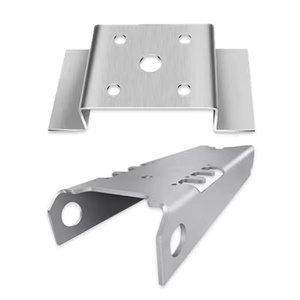Tempering Of Custom Metal Parts
Choosing the appropriate tempering temperature is a crucial step in ensuring the performance and service life of customized metal parts. The choice of tempering temperature depends on multiple factors, including the type of material, the purpose of the part, the required mechanical properties, and the specific requirements of the heat treatment process.
The following are some main factors that affect the selection of tempering temperature for Custom Metal Parts:
Material type: Different Custom Metal Parts have different heat treatment characteristics and tempering sensitivity. For example, each material such as carbon steel, stainless steel, and alloy steel has its own specific tempering temperature range.
Mechanical performance requirements: The purpose of Custom Metal Parts determines the required mechanical properties, such as hardness, toughness, strength, and wear resistance. By adjusting the tempering temperature, these properties can be optimized to meet the requirements of specific applications.
Part design: The shape, size, and wall thickness of Custom Metal Parts can affect their heat treatment response. For example, thinner parts may be more susceptible to the influence of tempering temperature, thus requiring more precise control of tempering temperature.
Heat treatment process: Other steps in the heat treatment process, such as quenching, normalizing, etc., can also affect the selection of tempering temperature. The cooling rate and method after quenching will affect the microstructure of the material, thereby affecting the selection of tempering temperature.
Equipment limitations: The limitations of heat treatment equipment can also affect the selection of tempering temperature. The heating capacity, temperature control accuracy, and uniformity of the equipment will all affect the tempering effect.
To determine the optimal tempering temperature for Custom Metal Parts, a series of experiments and tests are usually required. These tests may include hardness testing, tensile testing, impact testing, fatigue testing, etc., to evaluate the performance of parts at different tempering temperatures. Based on the test results, the optimal tempering temperature can be selected to ensure that the parts have the required mechanical properties, dimensional stability, and longer service life.
